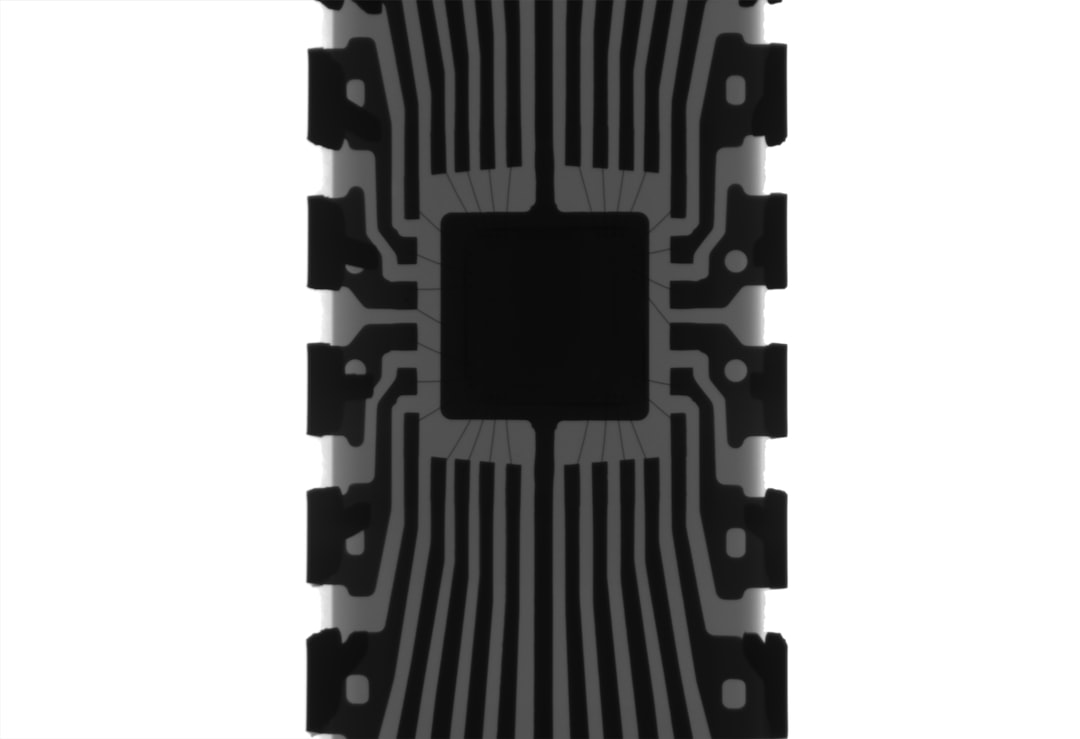What is it about?
Conventional optical components, such as lenses, are bulky and require a complicated fabrication process, for example if their surfaces shall be aspherical. To replace such conventional optical components, metasurfaces emerged as a promising alternative. Metasurfaces consist of very small particles (nano-particles) that are arranged across a 2D surface. These nano-particles are designed to suitably interact with the incident light. They shall imprint a desired amplitude and phase on the incident field to fully determine how the light propagates behind the metasurface. Conventional metasurfaces consist of carefully designed nano-particles with disparate shapes. But patterning different nano-scale structures on a large surface is time-consuming and not suited for large scale applications. In this paper, we proposed an alternative approach to reach the same level of control on the light propagation while using slightly more complicated but identical particles arranged on the 2D surface.
Featured Image

Photo by Agence Olloweb on Unsplash
Why is it important?
This work has implications for a wide variety of large scale applications wherever the propagation of light requires to be controlled. Examples are for lithography or lighting applications, for sensors, displays, or optical communication devices.
Perspectives
It is always intriguing to work on a futuristic topic. I hope this article contributes well to the advanced technology of our future.
Aso Rahimzadegan
Karlsruhe Institute of Technology
Read the Original
This page is a summary of: Beyond dipolar Huygens’ metasurfaces for full-phase coverage and unity transmittance, Nanophotonics, November 2019, De Gruyter,
DOI: 10.1515/nanoph-2019-0239.
You can read the full text:
Contributors
The following have contributed to this page










